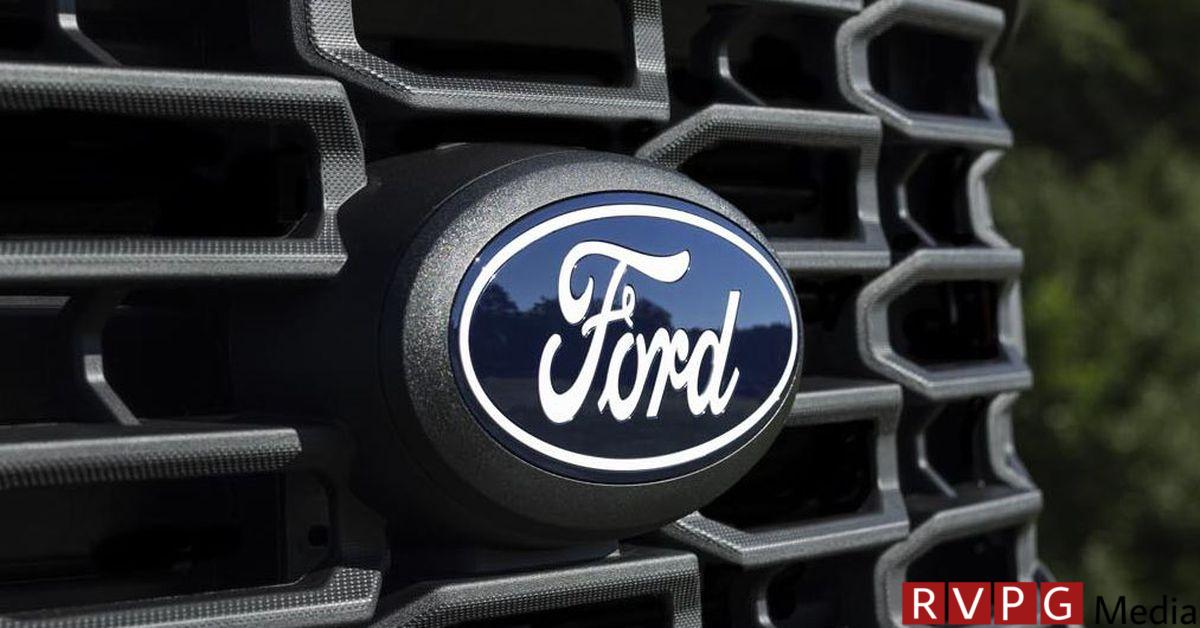Ford is the second largest electric vehicle provider in the United States. The company is very proud of this, but the amount of money it had to burn to achieve this is so great that one wonders whether the company can retain this title.
The company reported its first quarter results last night, and woo boy, it’s tough
The company reported its first quarter results last night, and woo boy, it’s tough. Ford said it lost $1.3 billion on sales of 10,000 electric vehicles in the first three months of the year – a staggering figure that amounts to a loss of $130,000 for each electric vehicle sold.
Ford’s Model E division, which oversees some of the company’s EV sales and software, reported revenue of $100 million, down 84 percent from the same period last year. The number of vehicles sold (10,000) also fell by 20 percent compared to the first quarter of 2023. Ford blamed “pricing pressures” – largely driven by Tesla’s drastic price cuts – and “slower growth” as customers have turned away from electric vehicles.
Of course, Ford Model e doesn’t take care of the company’s entire electrical business. Ford Pro, its commercial division, also sells electric F-150 Lightning trucks and E-Transit vans. Earlier this month, Ford said it sold a total of 20,232 electric vehicles in the first quarter, up 86 percent from the first quarter of 2023 but down 22 percent from the previous quarter.
Ford lost $1.3 billion by selling 10,000 electric vehicles
So what can stop the bleeding? For one thing, the company plans to spend less than previously announced – to the tune of $8 billion to $9 billion instead of $10 billion.
“We will probably be at the lower end of that range,” Ford CEO Jim Farley said in a call with investors. “And we pursue our profitability discipline very consistently.”
New technologies such as “new battery chemistry and formats to significantly reduce the cost of the batteries for this vehicle,” it continues.
This includes a lithium iron phosphate chemistry that Ford says is longer lasting, faster charging and more affordable than the current range of electric vehicles, which are largely based on nickel-cobalt-manganese (NCM) chemicals.
Ford developed these new chemicals with China’s Contemporary Amperex Technology Co., Limited (CATL), a global maker of electric vehicle batteries – although the automaker emphasized that it will own and operate the plant entirely through its wholly owned subsidiary and the Chinese company will only provide “knowledge and services”. The first production is scheduled to begin in 2026.
Another big bet is on Ford’s Silicon Valley-based Skunkworks group, led by former Tesla executive Alan Clarke. These designers are working on a next-generation platform of smaller, more affordable electric vehicles that Ford hopes will be a big help in winning over city dwellers.
“We believe electric vehicle adoption will grow fastest there,” Farley said of city residents. “And we believe we can compete in the small car and vehicle segments, lower-priced vehicles, in a unique way – that’s Ford.”
Remember, this is the same company that six years ago abandoned all of its sedans and hatchbacks to build large SUVs and trucks instead, concluding that larger vehicles would bring higher profit margins.
They did it – and they still do it today. Ford’s gas-guzzling SUVs (Escape, Explorer, Expedition and Bronco) had a historic district that the company calls its “best ever.” The company sold 216,997 SUVs – 15 percent more than the previous year.
Sedans like the Ford Focus, Fiesta and Fusion were money losers – much like the Mustang Mach-E and F-150 Lightning are today. It’s a little ironic when the company says smaller, cheaper cars will be its salvation from future losses.
